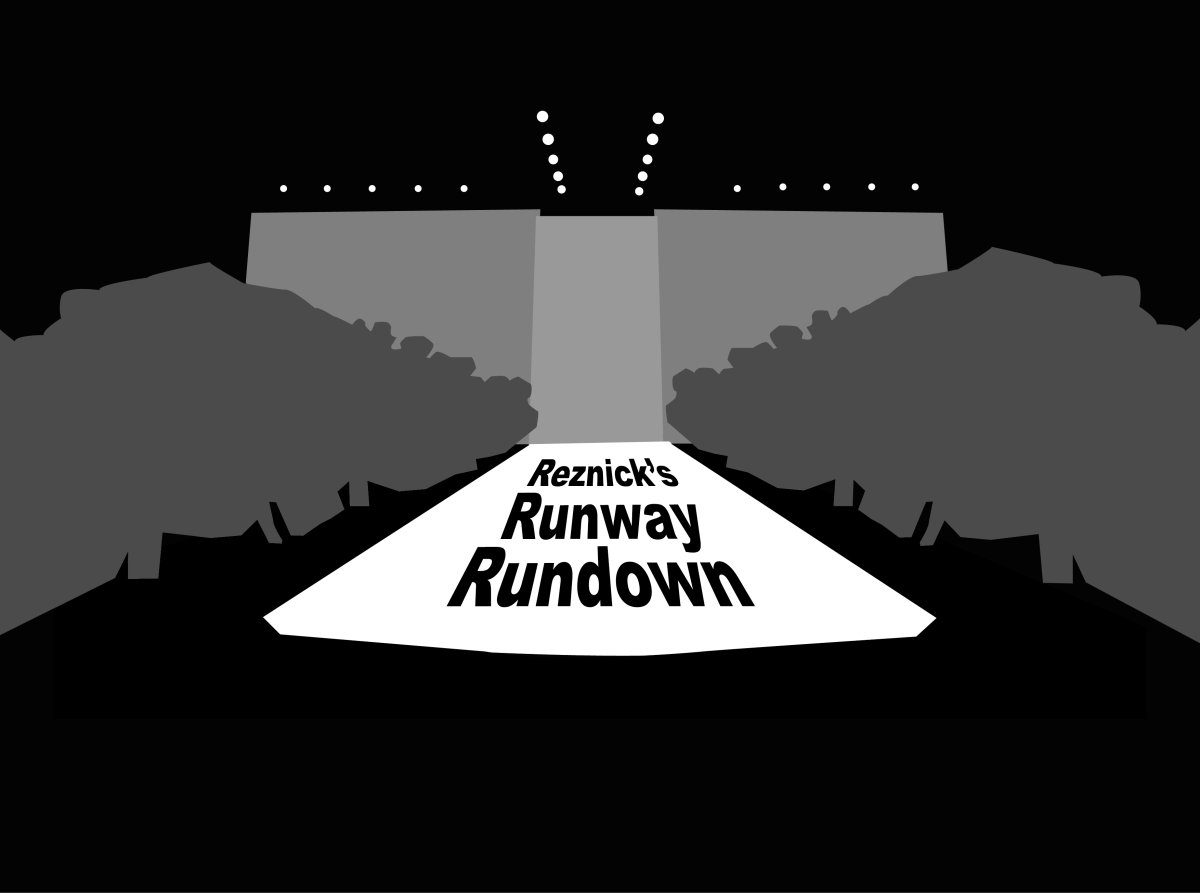Cornell notes
Cornell notes is a note-taking system that involves splitting the paper into three columns: keywords and questions, main notes and a summary. This method of note-taking, created by a Cornell University professor in the 1940s, has been promoted by educators and is now widely-recognized among students. Cornell notes provide a specific structure for note-taking and ensures that notes remain organized and clear. This method also enables quick identification of keywords and concepts from lessons, making revision significantly more simple and less time-consuming. Ultimately, Cornell notes are a remarkably clear, concise and efficient way to quickly jot down during a lesson.
Don’t work in bed
Working in bed may be tempting, especially after a long day. Even so, separating sleeping and completing work is crucial to maximize study efficiency. According to an article from Buffer, working in bed hinders sleep quality, which in turn impacts productivity, energy and overall quality of life. When one works in bed, the brain begins to associate the bed with work as opposed to solely a place for sleep. Moreover, Buffer also emphasized that it is significantly more difficult to stop thinking about work when completing tasks in bed. This is because there is no separation between the two drastically different spheres. Consequently, establishing a place to work that is not a bed is beneficial. Using a desk or other seating area will undoubtedly increase productivity while simultaneously improving sleep quality.
The Pomodoro technique
The Pomodoro technique involves 25 minute work increments with five minute breaks in between. A single rotation is called a “Pomodoro,” and after four of those a 15-20 minute break is alloted. This method of studying allows for a period of rest to refresh and restore focus ability before beginning the next work session. The technique restricts time spent on a task, forcing the user to make as much progress on that task as possible before time runs out. As a result, work time is significantly more focused, ultimately increasing productivity levels.
Listen to music without lyrics
Listening to music is a popular way to complete work. Music can fill silence and drown out background noise, and is seen as making work time more relaxing and enjoyable. However, music choice plays a significant role in how productive study sessions are. According to a study mentioned in an article from Penn State, the University of Phoenix conducted a study showing that listening to music with lyrics while studying can make it extremely challenging for the brain to focus on both simultaneously. The simple solution is to create a playlist exclusively used for engaging in a study session. There are an abundance of songs that fit into the non-lyric category, most prominently classical and jazz music, or even white noise. Here is a list of songs compiled specifically intended to enhance concentration. Search for other “homework playlists” or “playlists for concentration” on Spotify or Apple Music to find music that will aid in studying.
Work with friends
Studying with friends is one of the best ways to balance work with fun. This method can be effective because it introduces new perspectives, allows the comparison of notes and holds one accountable for doing work. It is also an excellent way to fill gaps in knowledge because others can explain concepts that may not be understood by the rest of the group. Essentially, everyone brings different strengths to the study group, thus helping improve others’ understanding of the materials through their own knowledge and strengths. Similarly, teaching material reinforces the information in your own mind; it can help in gaining a deeper understanding of concepts while simultaneously identifying gaps in knowledge.





